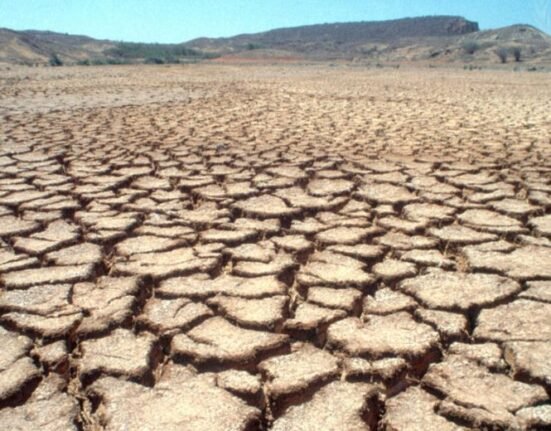HQ Team
September 6, 2023: The global marine industry is pulling out six billion tons of sand and sediments, a non-renewable resource, from the oceans a year, affecting coastal and marine ecosystems, the UN stated.
This is equivalent to over one million dump trucks every day – placing immense pressure on marine biodiversity and the well-being of coastal communities, according to a UN statement.
Marine Sand Watch, a platform developed by the UN Environment Programme (UNEP)’s analytical centre, GRID-Geneva, used artificial intelligence and automatic signals from ships to track and monitor sand, clay, silt, gravel, and rock extraction in the world’s marine environments.
It delivered “crucial information on sand extraction zones (sand concessions), capital and maintenance dredging sites, sand trading hubs, vessel counts, and operators at sea.”
The platform currently cannot detect artisanal and small-scale mining along shallow coastlines, despite its intensity in some regions, according to UNEP.
Sand is a non-renewable resource and the highest volume of raw material used on earth after water — about 70-80% of the 50 billion tons of material mined a year.
Construction boom
The amount of sand and gravel being mined is increasing exponentially, mainly as a result of rapid economic growth in Asia and the resulting boom in construction, according to Green Facts, a non-profit agency.
A conservative estimate of 40 billion tonnes a year for the world consumption of aggregates is twice the yearly amount of sediment carried by all of the rivers of the world.
Dredging and extraction of aggregates from the benthic (sea bottom) zone destroys organisms, habitats and ecosystems. It deeply affects the composition of biodiversity.
It usually leads to a net decline in faunal biomass and abundance or a shift in species composition. Long-term recovery can occur only where the original sediment composition is being restored.
“The scale of environmental impacts of shallow sea mining activities and dredging is alarming, including biodiversity, water turbidity, and noise impacts on marine mammals,” said Pascal Peduzzi, Director of GRID-Geneva at UNEP.
“This data signals the urgent need for better management of marine sand resources and to reduce the impacts of shallow sea mining,” he added.
Improve dredging standards
The senior UN official called on governments as well as the dredging sector to treat sand as a strategic material, and swiftly engage in talks on how to improve dredging standards worldwide.
Between four and eight billion tons of sediment are dredged annually from marine and coastal environments.
This is “perilously” close to the natural replenishment rate of 10 to 16 billion tons per year necessary to sustain coastal and marine ecosystems, according to UNEP.
While shallow sea mining for sand and gravel is vital for various construction projects, they pose a major threat to coastal communities facing rising sea levels and storms.
Sand extraction also endangers coastal and seabed ecosystems, impacting marine biodiversity, nutrients from the sea and noise pollution, as well as impacting aquifer salinization and future tourism development.
Influential mafias
International practices and regulations vary widely, UNEP stated, with countries such as Indonesia, Thailand, Malaysia, Vietnam, and Cambodia having banned marine sand exports in the last two decades, while others lack any legislation or effective monitoring programs.
The UN agency’s 2022 Sand and Sustainability report also called for enhanced monitoring of sand extraction and use and recommended ending sand extraction from beaches and active beach-nearshore sand systems for mining purposes.
It also called for new international standards governing marine sand extraction.
Sand trading is a lucrative business, and there is evidence of illegal trading such as the case of the influential mafias in India, and in Morocco, half of the sand – 10 million cubic metres a year – comes from illegal coastal sand mining, according to Green Facts.








